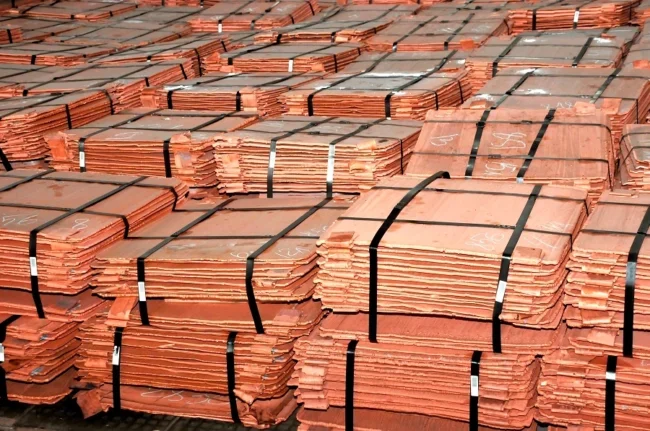In a stark signal of ongoing inflation challenges, cash costs at Chilean copper mines, the world’s primary copper producer, escalated by 29% in the first quarter of this year compared to the same period in 2022. This surge is revealed in a recent report from government agency Cochilco.
The Significance of Copper in the Economic Landscape
Copper, a fundamental element in various industries, stretches beyond its essential roles in electronics, construction, and power distribution. It functions as an economic barometer, reflecting both inflationary pressures and overall economic health.
The economic importance of copper resonates far beyond its material applications; it serves as a key indicator of global economic stability.
Factors Contributing to Inflationary Pressure
This surge in mining costs can be attribute to multiple factors. Lower ore quality necessitates increased rock processing to yield the same amount of metal, raising operational expenses. Additionally, escalating wages, energy costs, and refinery fees have added to the burden.
Although these factors have impacted costs, increased earnings from the sale of byproducts like molybdenum and gold have partially offset the impact.
Persisting Challenges and Implications
Despite developments since the first quarter, two core cost drivers—lower ore grades and disruptions to production and projects—remain particularly pronounced at Codelco, the state-owned mining giant.
This underscores the global implications of copper’s fluctuations for inflation trends, economic stability, and resource availability.
Copper’s pivotal role as an economic indicator reflects the complexities of managing inflation and fostering sustainable growth in economies worldwide.
